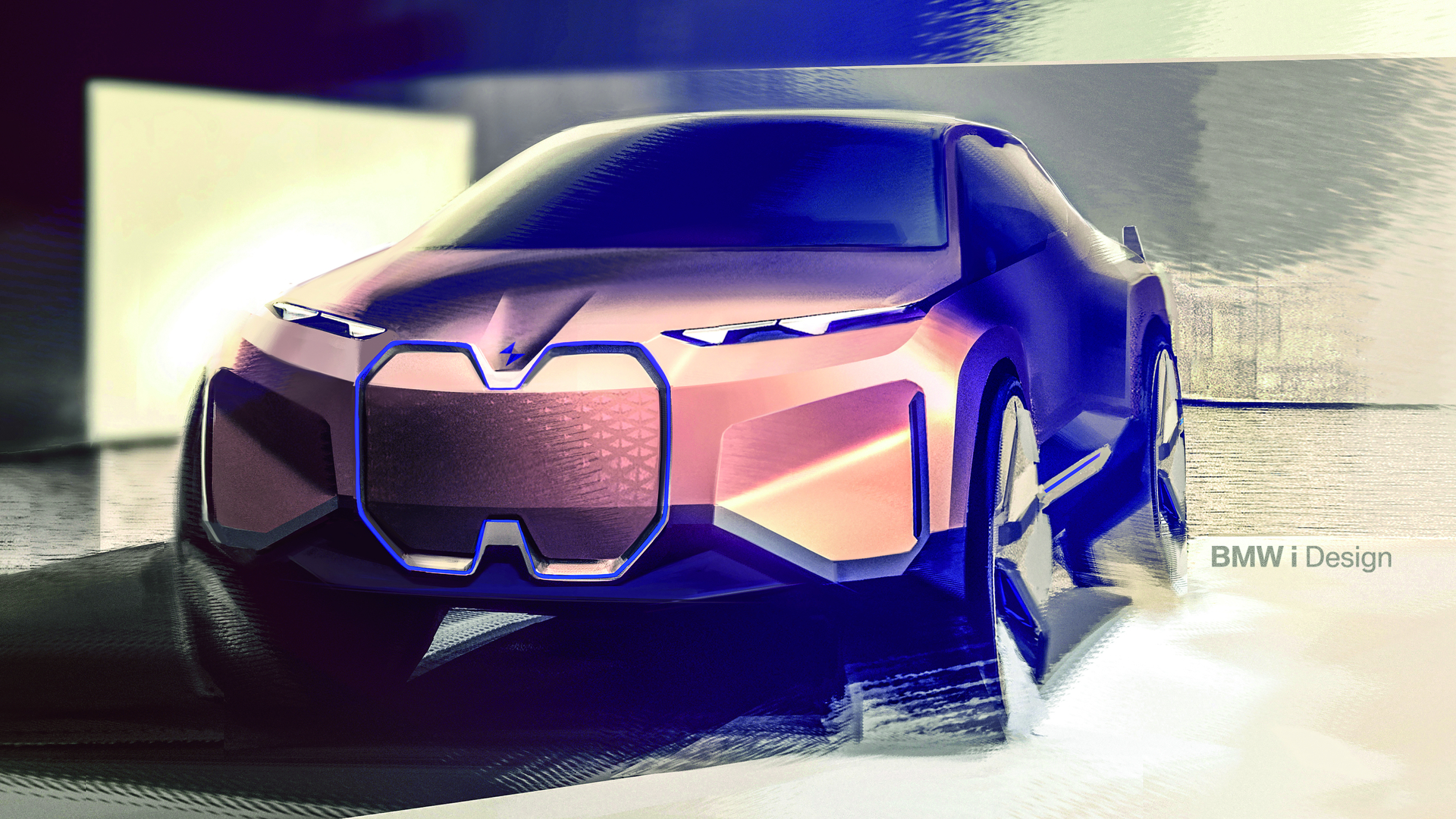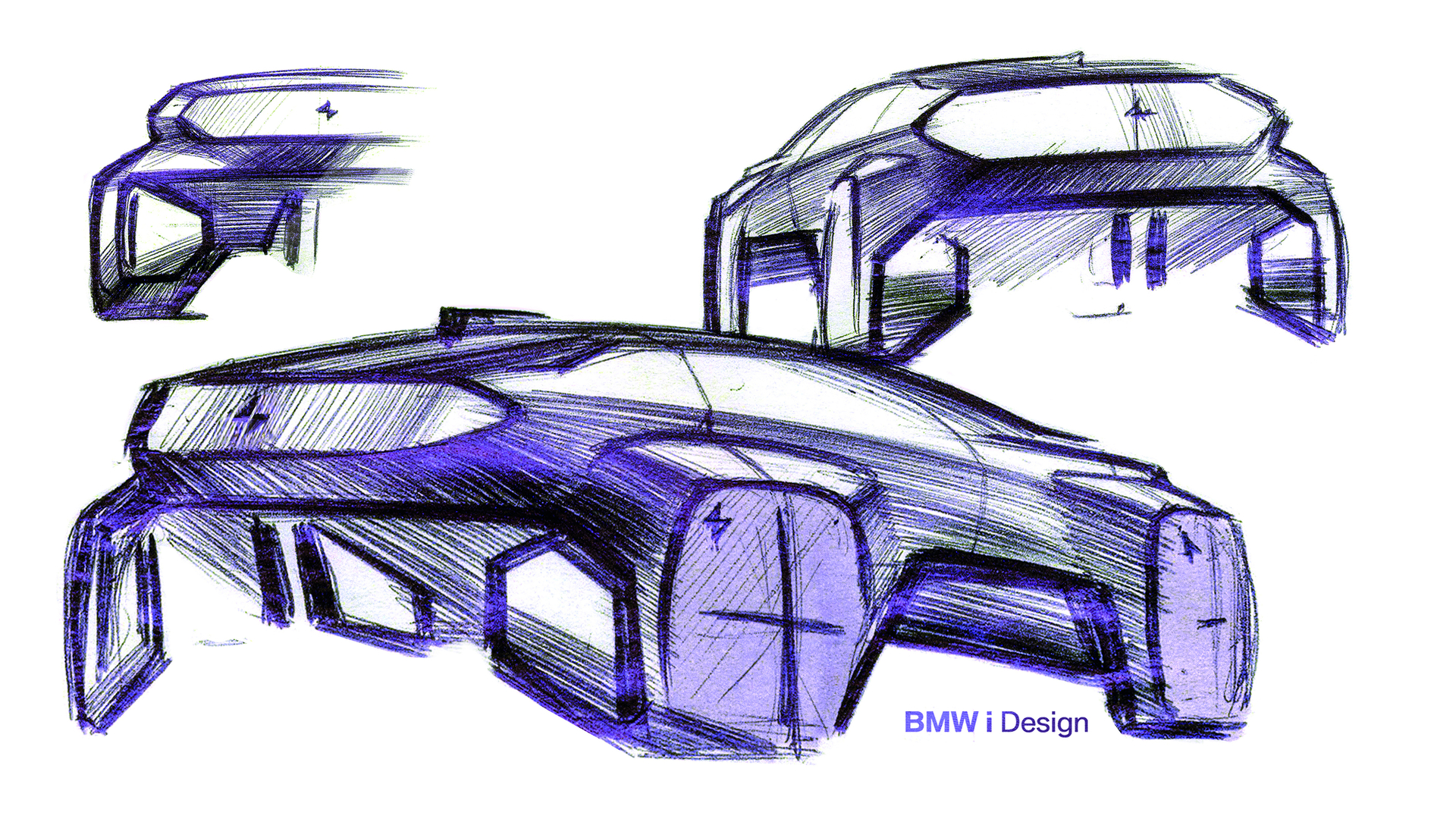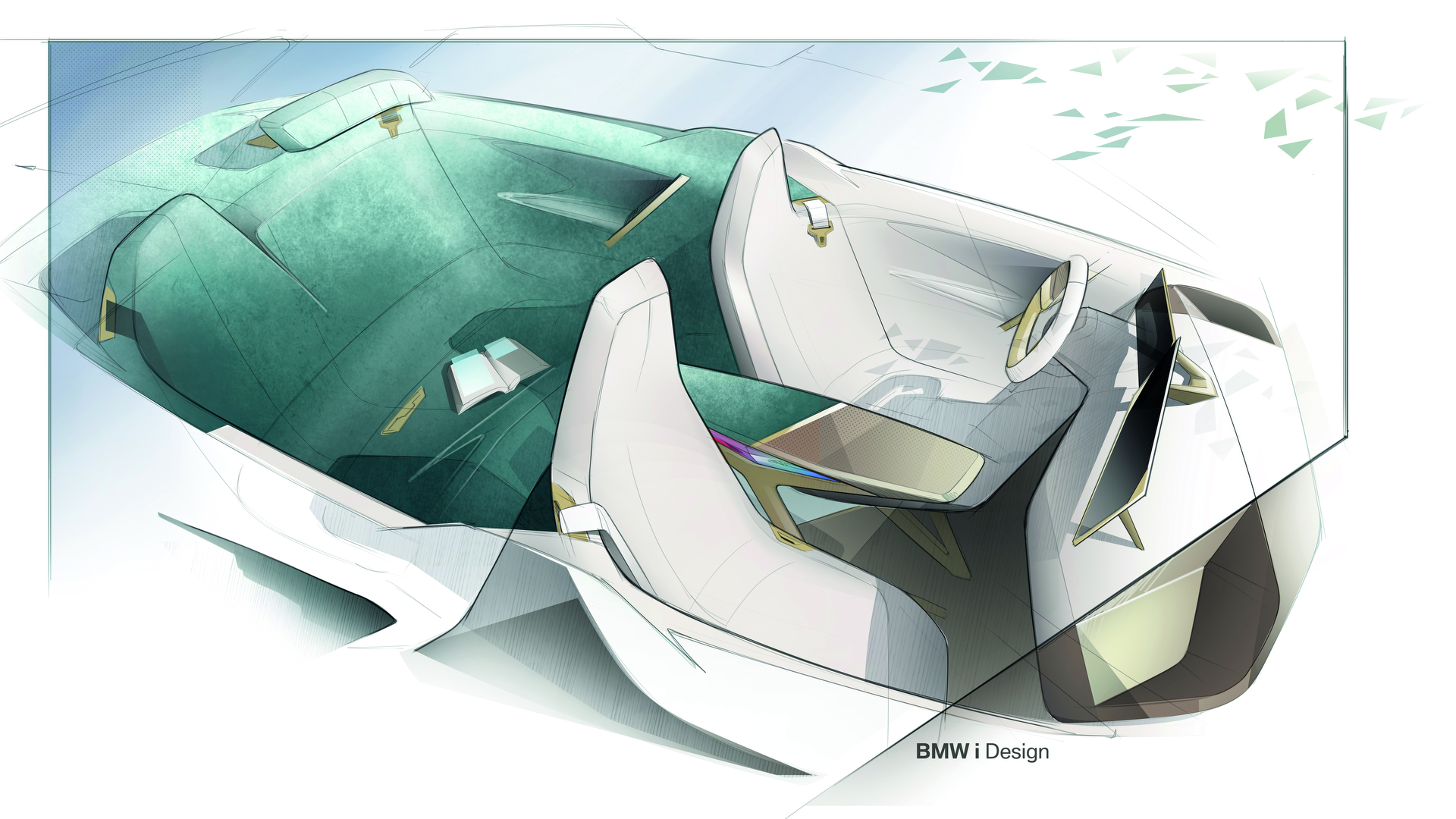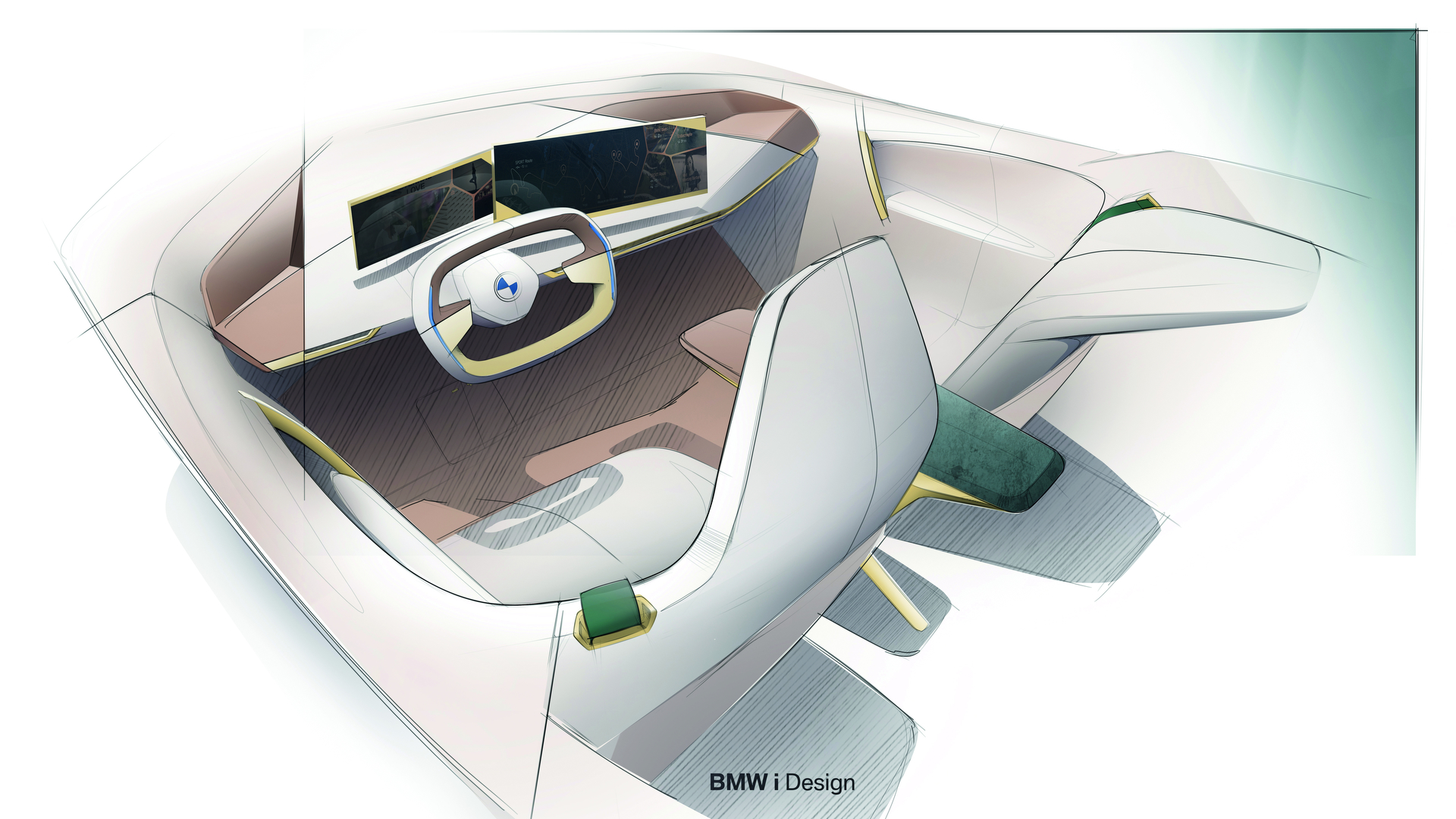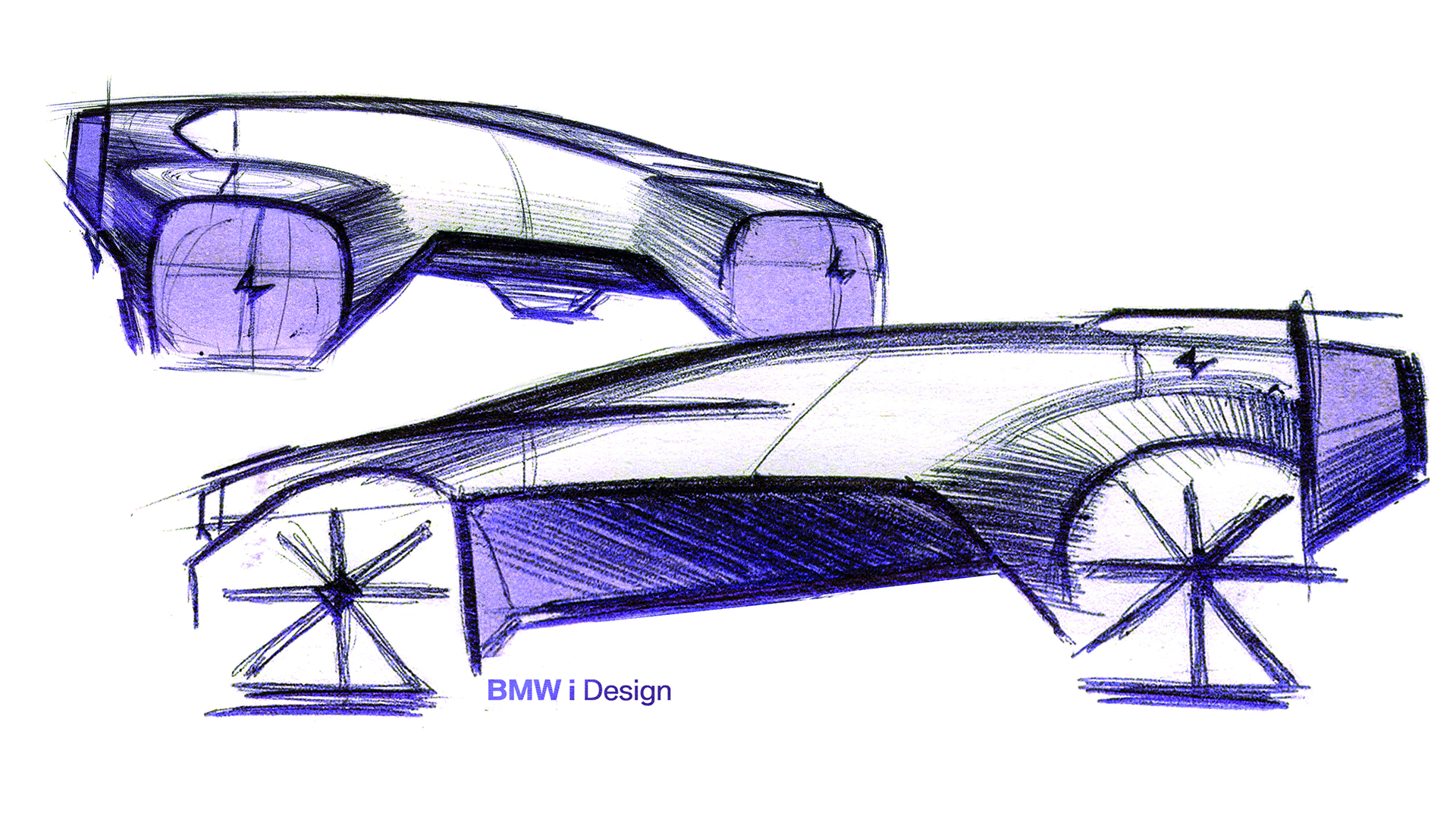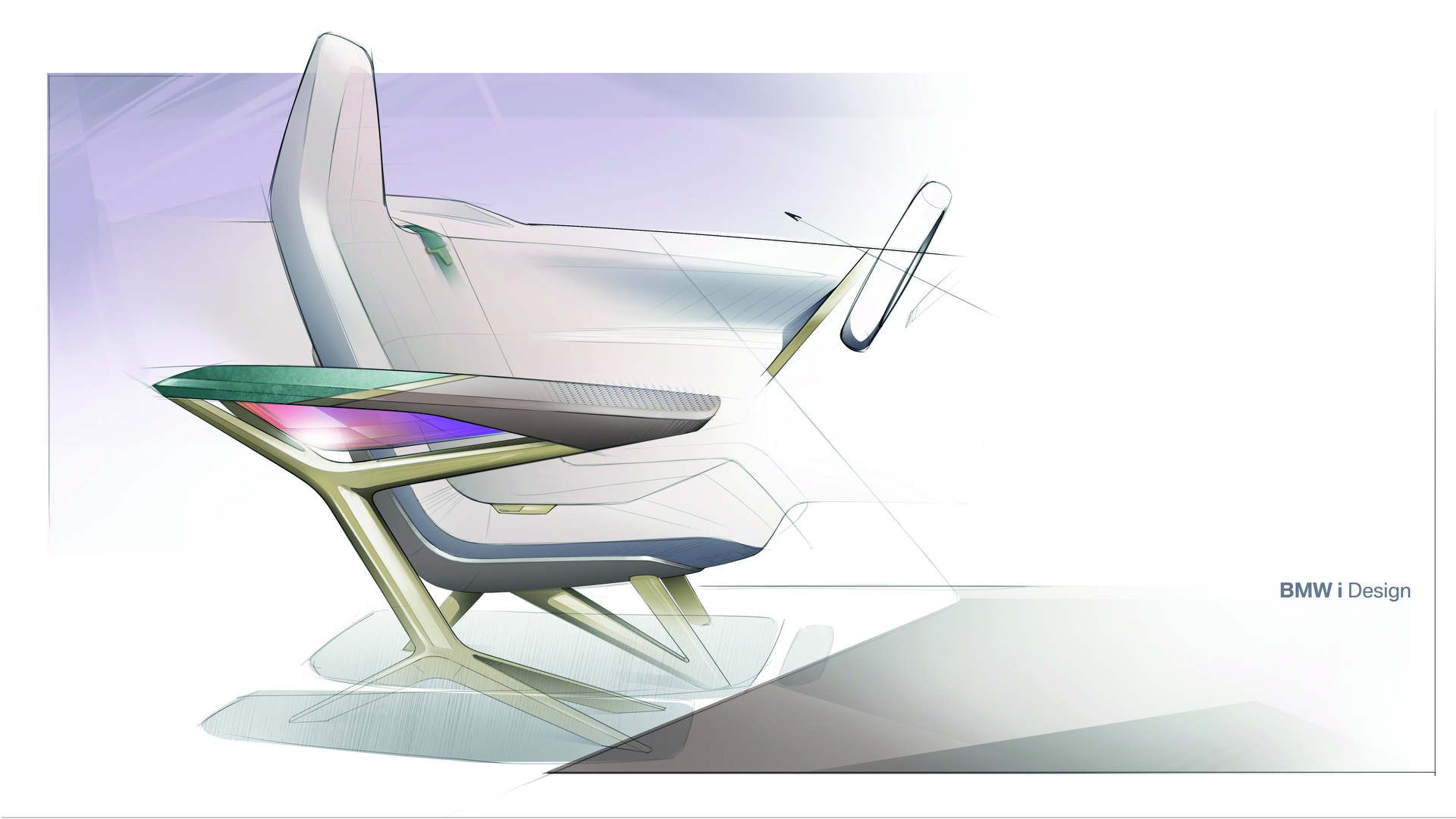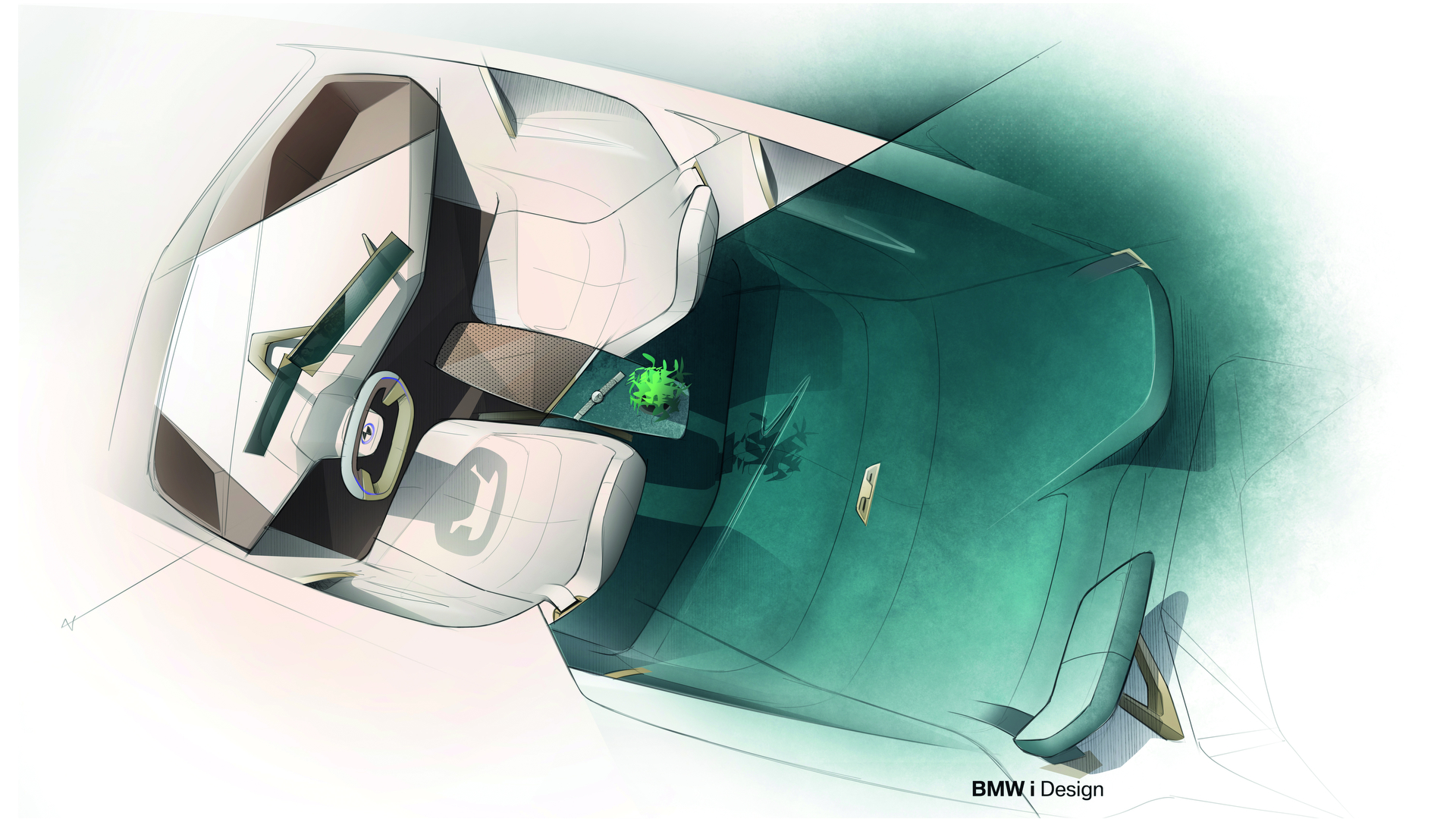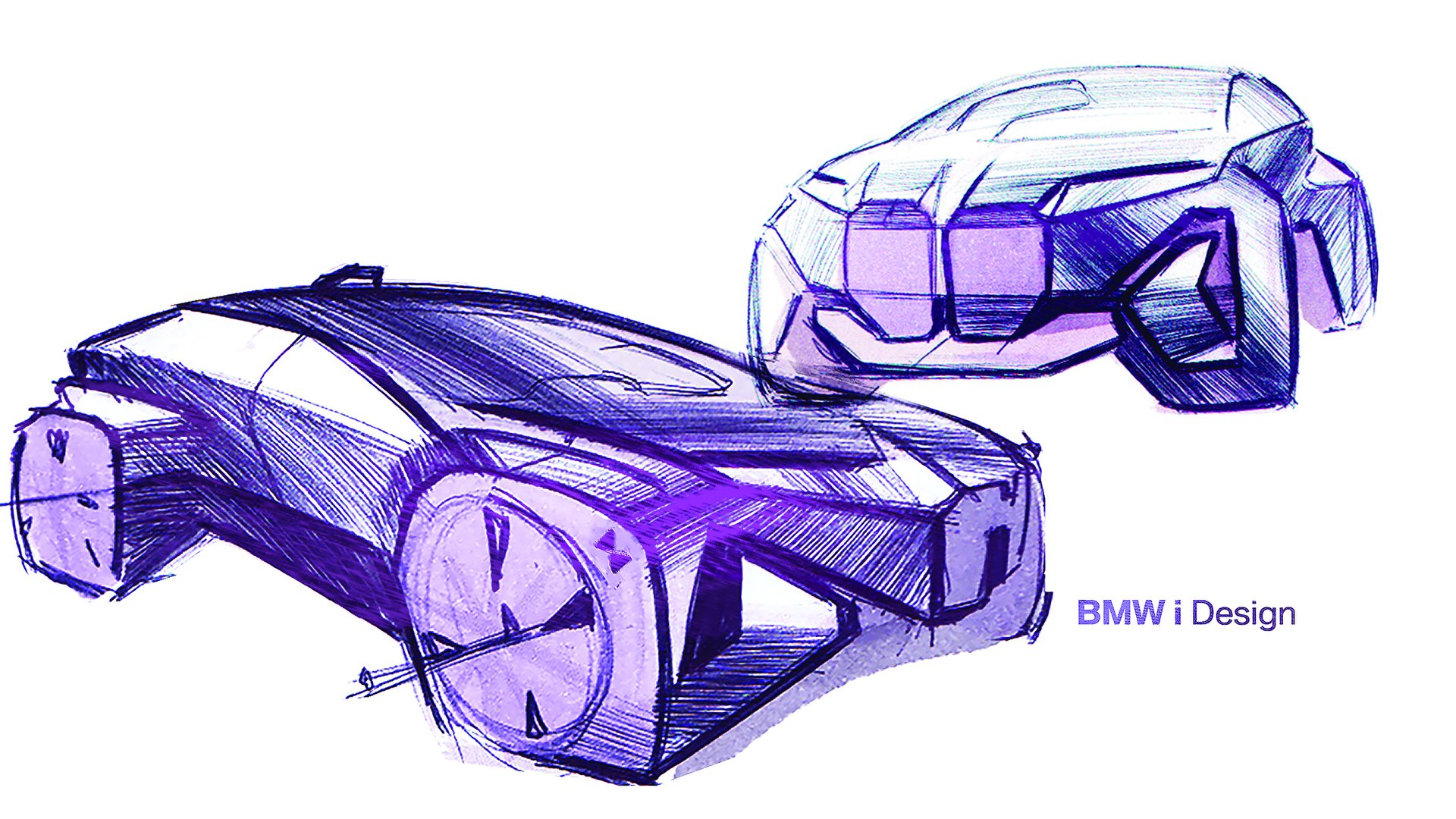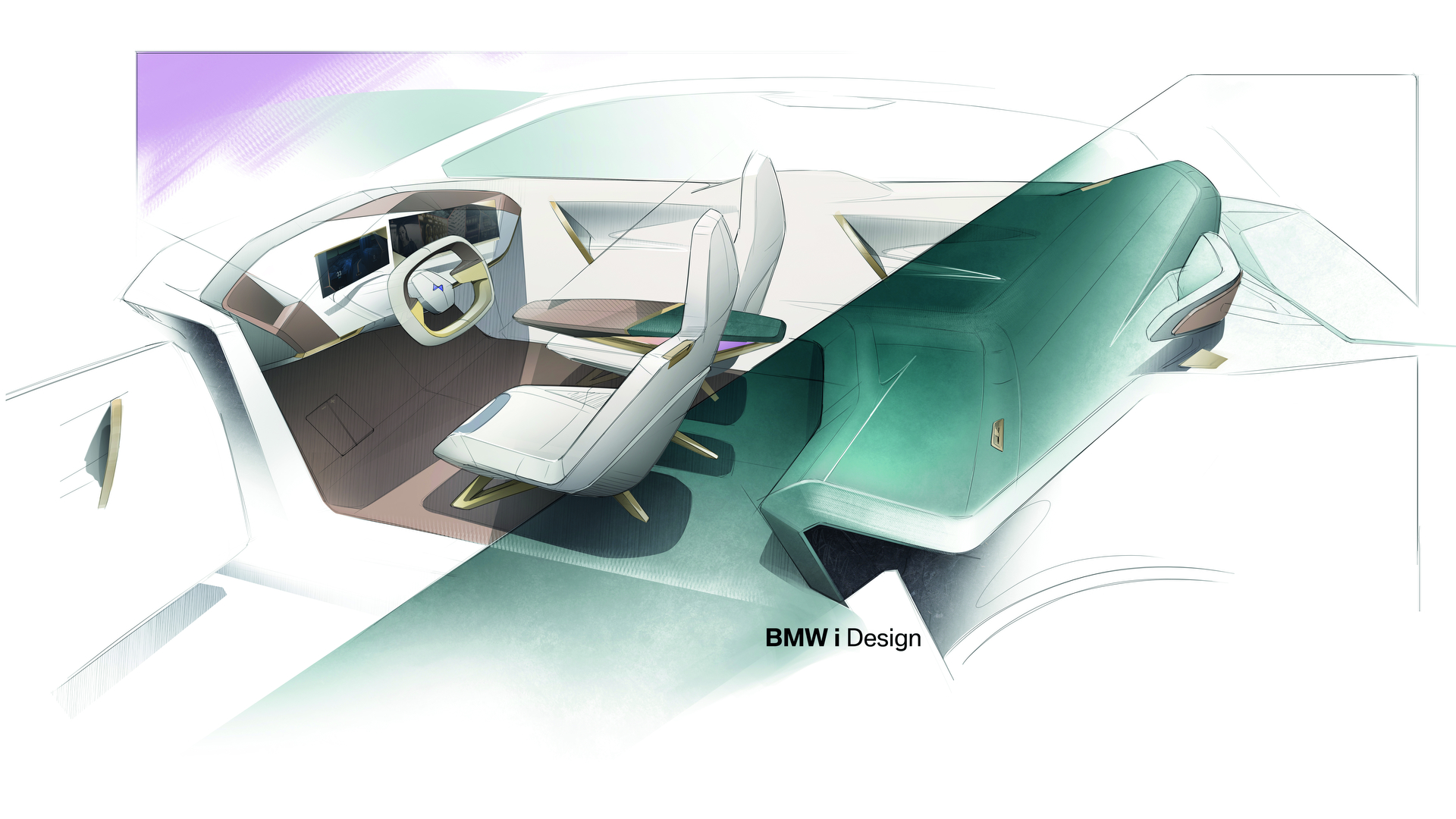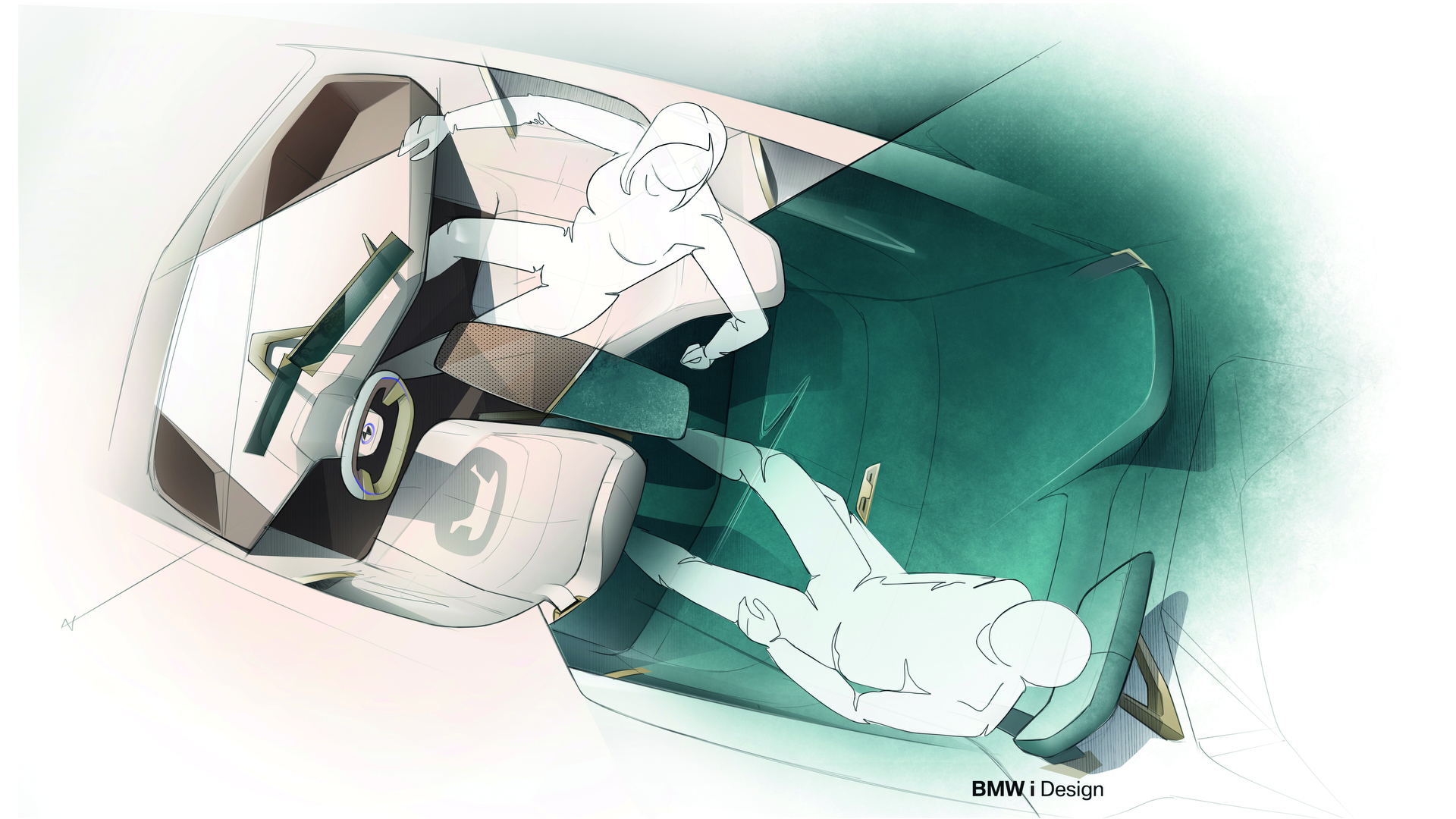
By now, you’ve probably seen the BMW Vision iNext concept following a photo leak before its official debut. The time has come to share details about why exactly the Vision iNext exists.
BMW made its plan quite plain and simple. The company is putting all of its efforts forward, pushing beyond its own boundaries in an ambitious attempt to become the next biggest thing in the automotive industry. It’s moving towards mass-market electric vehicles and plug-in hybrid electric vehicles.
To do that, you need cars to sell. And before you make cars to sell, like any entity in the business of selling goods, you have to test the market to see if your ambitions are going to work with the buying public. And that’s exactly what the Vision iNext is in BMW’s case: to test the waters.
Back in 2011, BMW introduced what we know as its i sub-brand, the company’s division completely dedicated to sustainable mobility efforts, including the design and manufacturing of electric and plug-in hybrid electric vehicles. Basically, it’s BMW M’s eco-friendly alter ego.
Originally, it seemed like the days of the gas-powered BMWs we’ve come to love and cherish were coming to a dreadful end. However, with the production i3 and i8 vehicles, the company proved it can still harness its reputation for building the ultimate driving machines, but for the post-millennium. And so, it gave driving enthusiasts a bit of light at the end of the tunnel for what seems like the impending doom of the internal combustion engine.
“BMW i exists to generate creative, pioneering ideas which transform the way we think about mobility.”
“Ultimately, the BMW Vision iNext will add a new dimension to ‘sheer driving pleasure,’ because of course, driver orientation and driving still remains a part of our DNA,” said Klaus Frolich, BMW AG’s head of development, while introducing the iNext to journalists in the belly of the Lufthansa Cargo 777F at John F. Kennedy airport.
“Just to summarize, equipped with autonomous driving technology, next-level connectivity features, and an interior of the future, and of course, fully electric, the BMW Vision iNext will serve as an incubator. It’s a bold statement to demonstrate our company’s strengths in innovation. It will ensure BMW Group has everything in place to be successful in the market when competing with both old, and new players in the near- and far future.”
By Design
“BMW i exists to generate creative, pioneering ideas which transform the way we think about mobility,” said Adrian van Hooydonk, BMW Group’s senior vice president of design. “The BMW Vision iNext marks another big step on that journey of transformation, showing how more intelligent vehicles can make our lives easier and more beautiful.”
While the i3 and the i8 were just the beginning and really weren’t quite meant for everyone, iNext essentially pitches a more practical approach. By making its latest Vision iNext a crossover and an electric vehicle, BMW captures two of the most popular trending ambitions in the automobile industry today.
Crossover SUVs long ago took the lead as the most desired body style in all the land as vehicles for every situation and a majority of drivers, who feel safer when sitting higher off of the ground than in a normal car. By pitching to this market, BMW hopes it will get the attention it needs to garner demand and make a business case out of the future of its i brand as the entire industry shifts to become less fossil-fuel dependent.
“BMW i stands for innovation and inspiration. The project iNext also defines our mindset, it’s basically our project ‘i 2.0.’ “
With the Vision iNext concept comes a new design language. BMW designers said the Vision iNext was inspired by the cleanliness and modernity of “boutique hotels,” both on the inside and out. The exterior not only caters to those infatuated with crossover SUVs, it features cues meant to give off the impression of a chiseled look, as if it was milled from one solid piece. In a nutshell, you can almost say it looks like an elongated, taller, and more fluid i3 with extra ground clearance.
Despite its radical design, BMW engineers made sure to include the traditional kidney-style grille, which controversially has been enlarged to ungodly proportions.
Autonomy + Connectivity + Electric + Services
BMW’s entering the next (iNext ?) stage of the i brand’s evolution, epitomizing the company’s push towards prioritizing autonomous driving technology, connectivity, electrification, and top-notch customer service.

The iNext represents the pinnacle of these initial efforts, where in addition to autonomous driving technology, BMW representatives said the iNext is meant to reinvent the way humans spend quality time with each other while traveling.
To avoid alienating its future customers by overwhelming them with new tech, the company wants to ensure that it’s all user-friendly.
What’s the point of autonomous driving technology if you can’t focus on other things, such as spending time with the people you’re sharing your ride with?
“BMW i stands for innovation and inspiration. We are just lining up our company to be a proactive shaper of the digital future,” Fröhlich further elaborated. “The project iNext also defines our mindset, it’s basically our project ‘i 2.0.’”
The iNext also paves the way for the company’s fifth-generation all-electric powertrain. The Vision iNext concept itself features state-of-the-art high-efficiency motors, all built without the use of rare earth metals that heavily pollute the earth when mined—a part of BMW’s efforts for sustainable and clean mobility efforts.
Shy Technology
For the iNext, the focus is entirely on innovations with Autonomy + Connectivity + Electric + Services, BMW claims. However, despite all these concentrations, BMW seeks to roll out these new technologies in a shy manner.
To avoid alienating future customers by overwhelming them with new tech, the company wants to ensure that it’s all user-friendly. Thus, it adopted the concept of shy technology.
BMW engineers and designers already acknowledge the challenge of emerging tech and trying to make new tech intuitive and ergonomic. But with more tech and more features typically comes more buttons, controls and screens, which can be way too much for some—even those who are indeed tech savvy.
To combat this, BMW’s shy technology concept integrates the Vision iNext’s technological features in ways designers hope will be easy to use. Such includes the use of hand gestures—something already available on some new BMWs today to control in-car functions, like the radio—touch-sensitive interfaces integrated into the Vision iNext’s interior surfaces, minimal physical buttons, and above all, accurate and fast voice-recognition commands.
Some of those touch-sensitive integrations include what BMW calls intelligent materials. When being driven manually in boost mode, typical functions are operable using conventional buttons, screens, and controls.
iNext also features the intelligent beam: an in-car projector that acts as both a HD projector and a reading light.
But once the iNext is in autonomous driving mode, or ease mode, some of the basic controls—like the steering wheel and pedals—retract and disappear into the interior panels. Then, users can utilize various hidden control surfaces—like on the seats or on the center front armrest—that are touch-sensitive to control things like the radio volume and music track selection.
For example, integrated into the rear bench are touch-sensitive surfaces located where there would normally be a hump for the center seat and armrest. Instead, users can touch the surface and LEDs will light up, according to where touched, allowing users to use swiping gestures for the rear-seat entertainment.
Debuting as a concept on the Vision iNext is BMW’s intelligent personal assistant, which is in essence BMW’s competitive response to Mercedes-Benz’s latest MBUX (Mercedes-Benz User ‘eXperience’). It enables users to treat in-car functions and voice commands as if it were an Alexa home assistant device with the unsurprising term, “hey BMW.” The system is integrated seamlessly with BMW Connected services, while enabling smartphone and smart home network connectivity.
And lastly, the Vision iNext introduces intelligent beam: an in-car projector that sits above the rear passenger bench, acting as both a high-definition projector and a reading light. Users can open special print books the projector while the intelligent beam casts interactive overlays, all controlled by hand motions and touch. We’re not sure how this will be any better than using say, a tablet. And we can’t imagine intelligent beam being useful in direct sunlight. But it’s an interesting experience nonetheless.
The Vision iNext Concept will reach production
Ambitious and bold it may be, but BMW says the Vision iNext concept previews a genuine production model due by 2021. Between then and now, BMW will produce up to 100 prototypes to thoroughly test, research, and develop all of its latest technologies for the i brand.
Although specifics weren’t fully available, BMW says the latest fifth-generation electric vehicle powertrain enables the Vision iNext to travel for up to 373 miles on one charge, while allowing it to sprint to 60 from a standstill in less than four seconds.
And while, ultimately, the Vision iNext concept represents the next steps forward for the i brand, BMW promises a lot of the incoming tech will make its way into the rest of the company’s portfolio, starting with the next-generation 7 Series.




